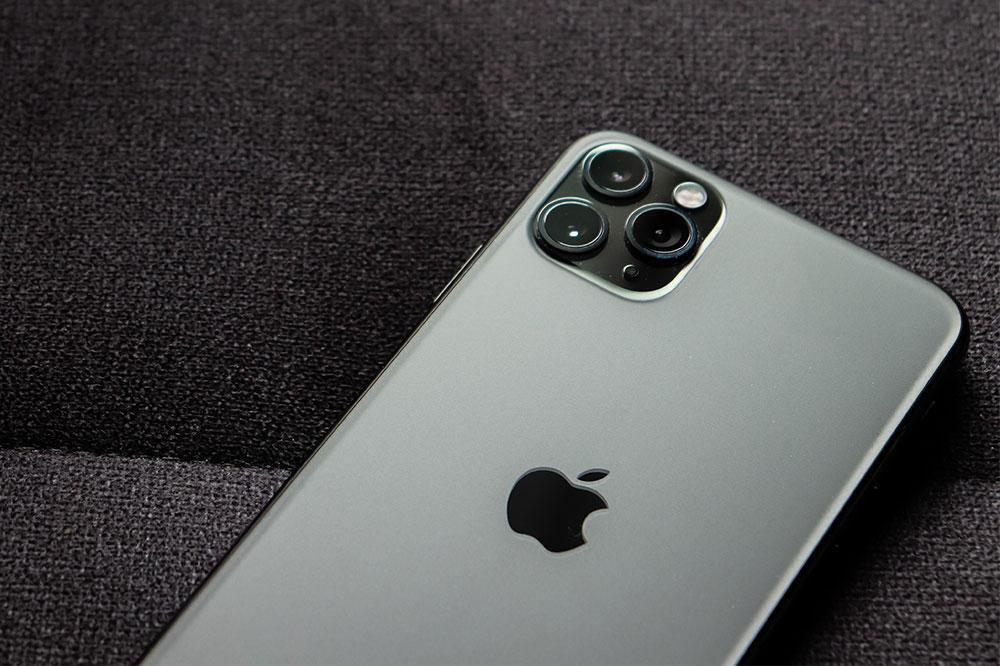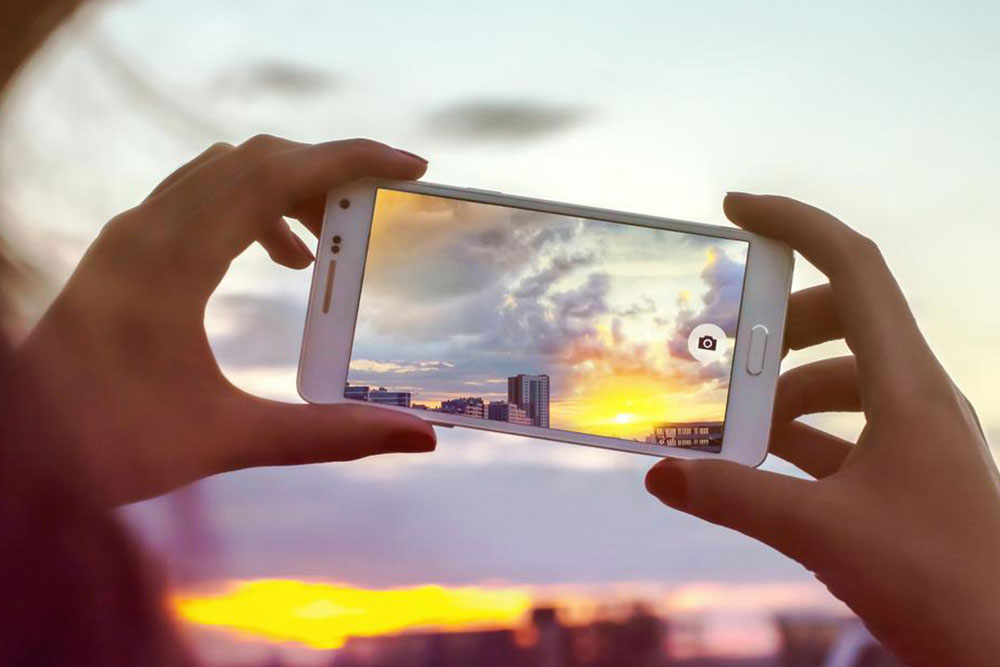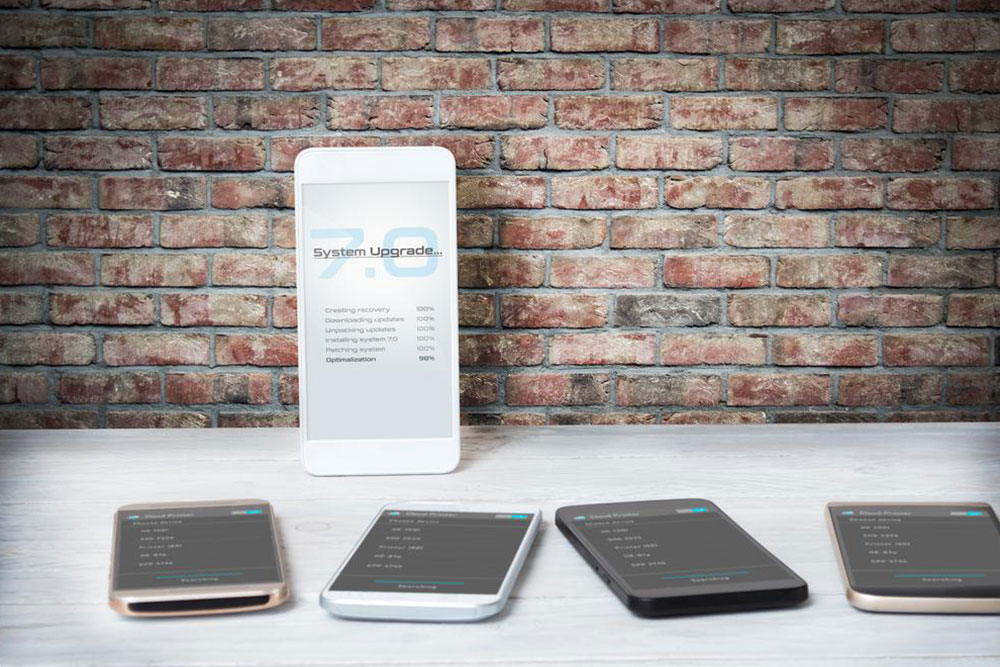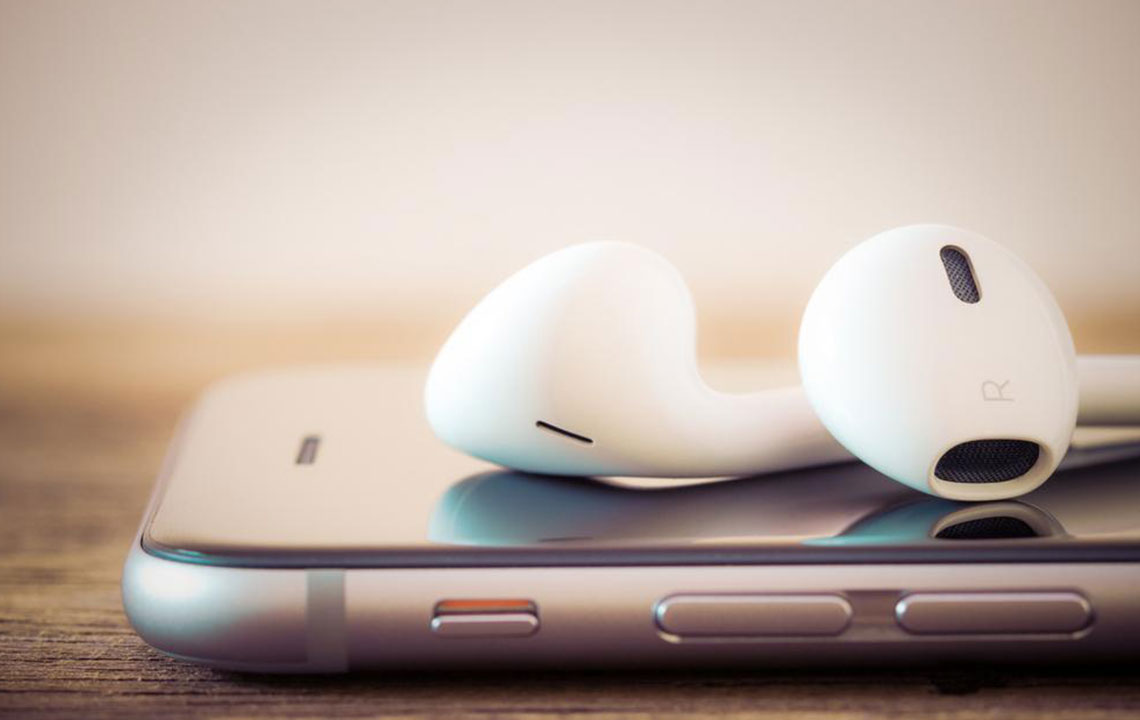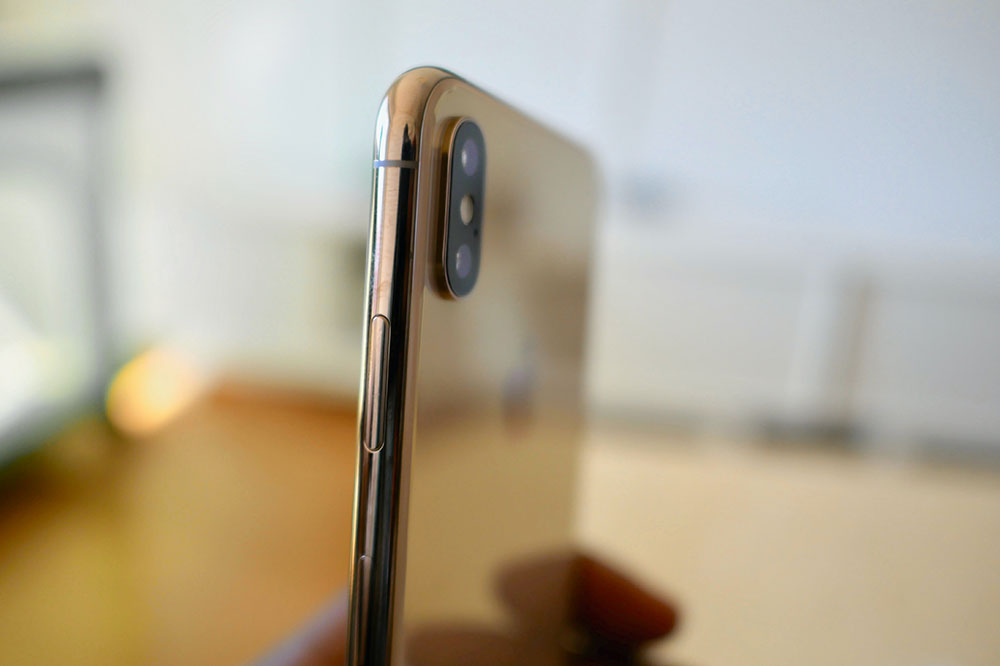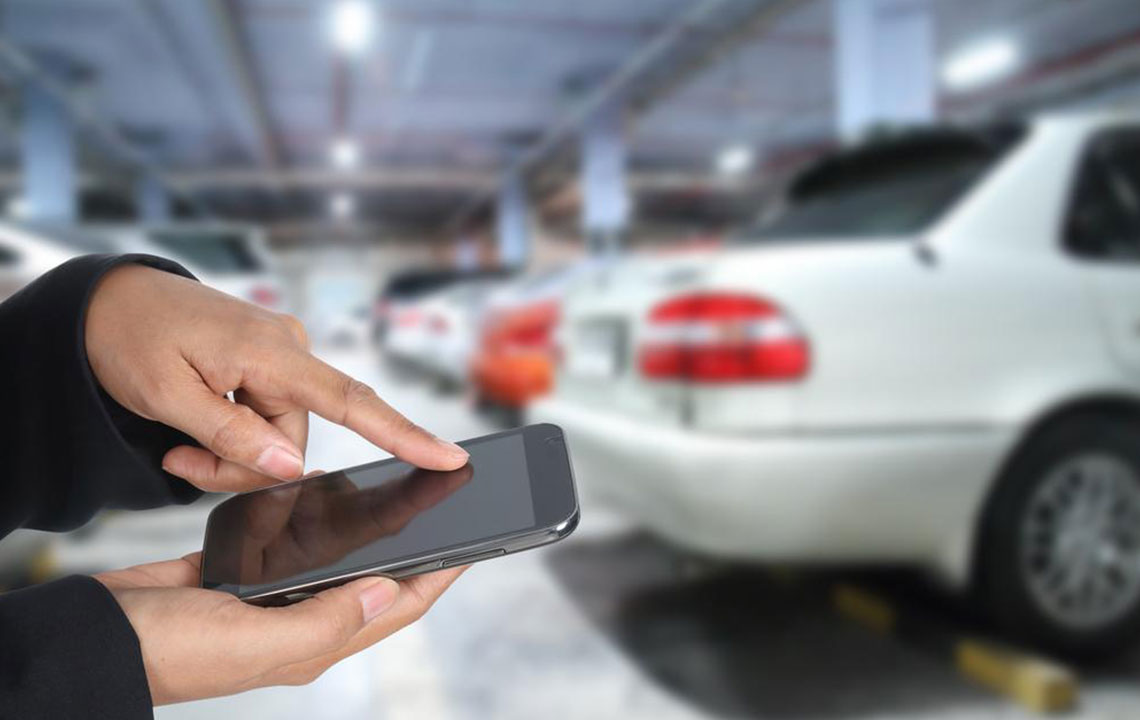Comparing the Google Pixel 2 and Pixel 3: Which One Comes Out Ahead
This detailed comparison between the Google Pixel 2 and Pixel 3 highlights their design, camera, performance, and display differences. The Pixel 3 introduces upgraded cameras, improved water resistance, a larger screen, and faster processing, making it a compelling upgrade. Price reductions on the Pixel 2 make both devices attractive options for Android enthusiasts. Whether upgrading or switching, this guide provides essential insights into each phone's features and benefits.

Google Pixel 2 vs Google Pixel 3 — Which Smartphone Is Superior
This year, the spotlight has been on the Google Pixel 3, thanks to numerous leaks and rumors. Its official reveal confirmed many predictions, especially regarding its design. While visually similar to the Pixel 2, the Pixel 3 introduces several notable upgrades in features and performance. Whether you're considering an upgrade or switching to a Google device, this comparison highlights key differences between the Pixel 2 and Pixel 3 to help you make an informed choice.
Design Updates
Both devices share a similar aesthetic, featuring a two-tone back design. However, the Pixel 2 combines glass and metal, whereas the Pixel 3 opts solely for glass. Both phones have front and bottom bezels, fingerprint sensors, and single-lens rear cameras. The Pixel 3 offers a higher water resistance rating. Color options differ: Pixel 2 comes in black, blue, and white, while Pixel 3 is available in black, white, and pink.
Camera and Battery Enhancements
The Pixel 3 features a significant camera upgrade with a dual front-facing lens setup instead of a single one. Both phones have an 8MP front camera, but the Pixel 3’s dual lenses include an f/2.2 wide-angle and an f/1.8 telephoto, enhancing selfie and portrait capabilities. Rear cameras are 12.2MP with f/1.8 apertures on both models. The Pixel 3 improves battery life with a 2,915mAh capacity, compared to Pixel 2’s 2,700mAh, and introduces wireless charging support.
Software and Performance
The Pixel 3 runs on an octa-core Snapdragon 845 chip paired with 4GB RAM, offering better overall performance and security features like the Titan M module. In contrast, the Pixel 2 is equipped with a Snapdragon 835 and the same RAM. Both devices have 128GB of storage, providing ample space for apps and media.
Display Features
Despite similar looks, the Pixel 3 boasts a larger 5.5-inch display compared to the Pixel 2’s 5-inch screen. It offers a higher resolution with FHD+ (1080x2160) while both use OLED technology, delivering vibrant visuals. The Pixel 3's bigger display enhances media consumption and user experience.
With the Pixel 3 launch, Pixel 2 prices have fallen to approximately $100. Pre-orders for Pixel 3 start around $799, with availability beginning October 18. This offers an excellent opportunity to own Google's latest flagship with significant improvements over its predecessor.

